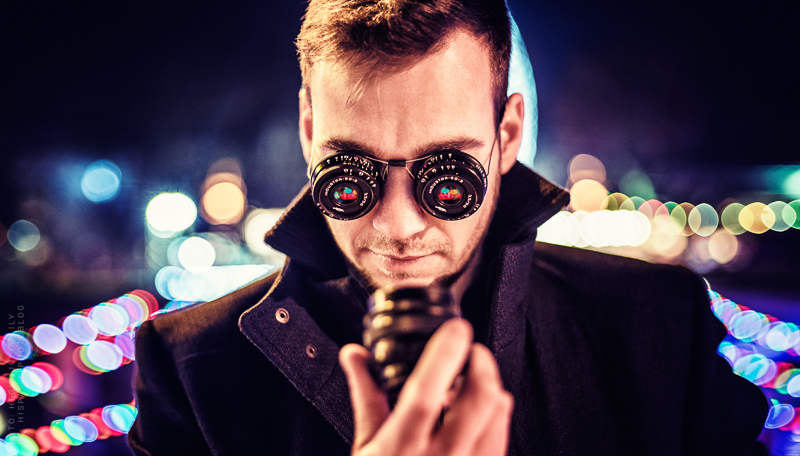
B: Hi Hispan, can you tell us a little bit about yourself and how you came to use manual lenses?
H: Originally I studied history at the university (my PhD is still in progress) but I’ve always been interested in theoretical physics and cosmology, which is a quite wide range of interest. Photography came to my life later, in 2011 to be exact, and I was using only modern lenses in the first 3 years. The beginning of my “vintage adventure” dates back to 2014, after I got my first “fast” Canon 1.4/50 USM lens, and I wasn’t really satisfied with the image quality.
I bought my first vintage lens then – a Jupiter-3 – which was an epic fail, because I didn’t know anything about the topic and ordered a rangefinder lens to my DSLR camera. So I switched to a Takumar lens soon. I’ve collected more than twenty fast 50mm lens the next year and created an extensive 50mm lens test (http://hispan.hu/50mm-lens-test/), which was the first article in my vintage knowledge base (http://hispan.hu/photos/tudasbazis/) and I was pretty surprised how much attention it attracted (more than 30.000 readers during the past years). I wrote 69 articles with 1.715.137 characters and tested thousands of vintage lenses between 2015 and 2019.
During the years I started to repair old vintage lenses by myself. This is also a very important part of my life, because there are only limited quantities available of some of these lenses, and to protect an old lens from decay is a real mission, not just a job.
B: Can you give us a look into your camera bag and tell us a little about your gear?
H: It’s a bit of a tough question, because I’m also a collector. I’ve been collecting interesting lenses and building my own ones from old projection lenses in the past few years. As soon as I switched from my DSLR to a mirrorless camera I was able to use nearly anything (SLR lenses, rangefinder lenses, projection lenses, microscope lenses and so on).
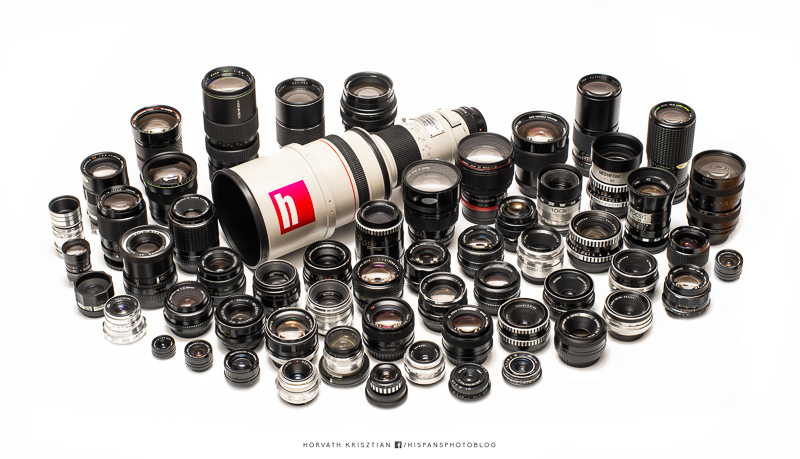
My Sony A7III camera is always there in my bag. For portrait pictures I use a Canon nFD 1.2/85L lens – a true masterpiece. For longer portraits I use a 3.5/135mm Sonnar or a 2/135 Canon nFD lens (in case the lights are down). When it comes to 50mm lenses I’m still in love with my SMC Takumar 1.4/50, also I have the 4/100mm and the 2.8/100mm SMC Pentax Macro lenses for macro photography. Currently my favourite tele lens is the 2.8/300L nFD Canon and I also use a 40-2 1.5/85 Helios and a Zenitar-M 1.7/50 from the soviet line. In case I want some special effects or extreme swirly background, I just mount my RO-109-1A 1.2/50 projector lens (or anything else from this family) and shoot. I have more than 15 projection lenses by now and this number is increasing day to day.
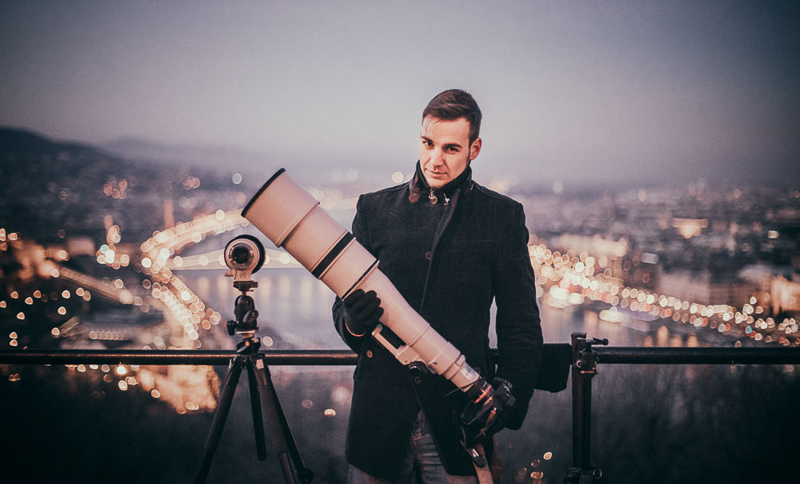
Sometimes it’s really hard to decide which lens to take with me. My models must choose the perfect outfit and I must choose the perfect lens. If you are interested in a more detailed list, I wrote an article about my favourite lenses: http://hispan.hu/hispan-10-kedvenc-objektivje/
B: I saw you are also using projector lenses. From my own experience with these I know they are not as straight forwarded to work with, so why did you decide to use them?
H: Projector lenses are usually capable of something special that classic lenses can’t create. It’s because photography lenses are designed to be as perfect as possible. Projector lenses are designed for other purposes so if you mount them to your camera, they can’t produce a perfect image. But this is why I love them – 3D pop, swirly effects, small f number and even extremely sharp images with some lenses (e.g. my 1/50 Meopta lens).
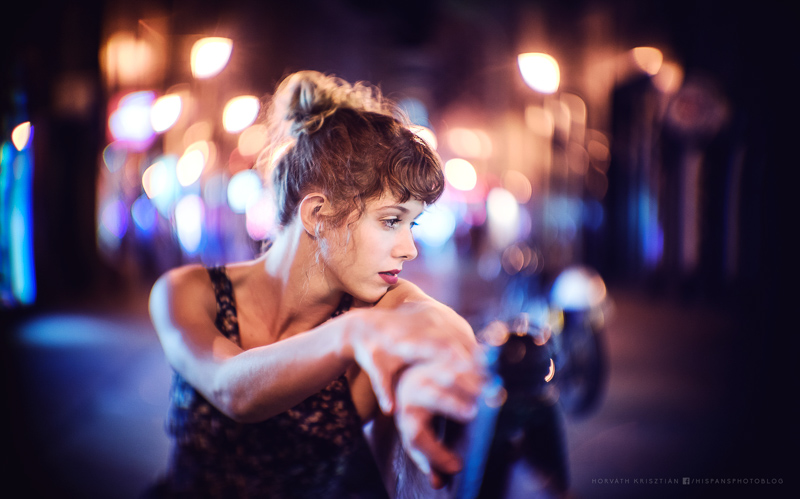
It’s a fact that you have to do your own fight with the circumstances, when you choose a projection lens to take photos, and sometimes the post-production takes longer than the actual shooting, but for me it’s worth it.
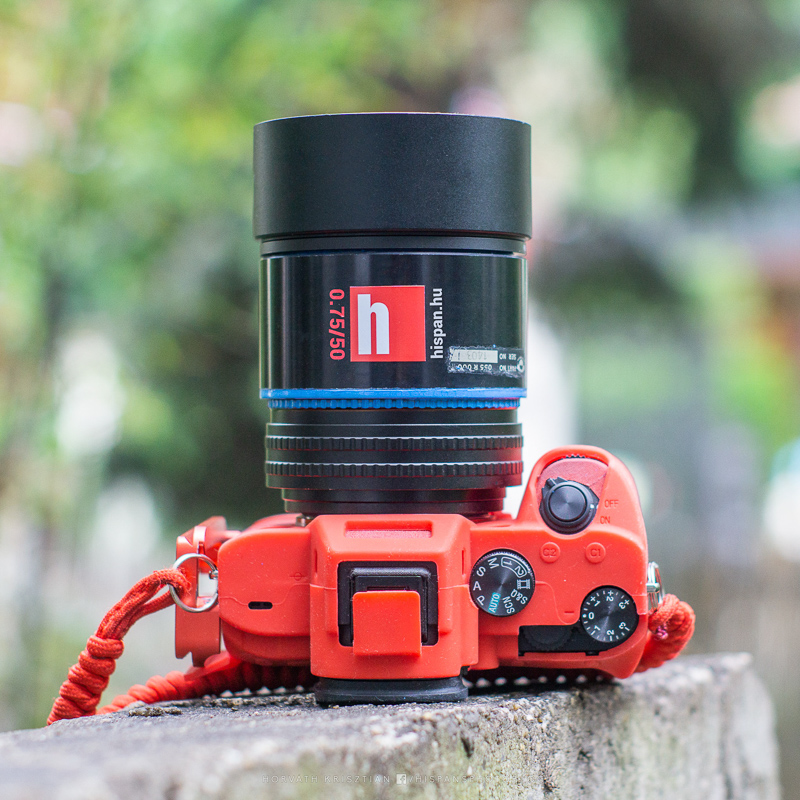
And the game doesn’t stop with projection lenses: I finished my Rayxar 0.75/50 lens adaptation to Sony-E last week. This is a huge lens from an X-ray machine, so there is always a crazy idea and a crazy lens in my bag. Test shoots coming soon! ?
B: In general: are there certain characteristics that you look for in a lens and do you rather find that in older or newer lenses?
H: Yannich Khong wrote an article about “what’s the problem with the modern optics” a few years ago, which pretty much sums up my opinion as well. The purpose of modern lenses is producing a perfectly sharp image from corner to corner with zero distortion, minimal vignetting and avoiding as many optical imperfections as possible. However this is not what I’m looking for, because lenses with “perfect” images usually generate a boring, flat end result without any 3D impression, so even now that I have the possibility to use a Sigma ART line or the best modern RF L or G-Master optics for portrait photography, I have only vintage lenses, not a single piece of modern AF ones. You know, what I mean: a beautiful girl with a little imperfection is much more interesting than a perfect face.
B: Actually, I couldn’t find any traces of you using Autofocus lenses, do you try to avoid them altogether?
H: Yes, as I mentioned earlier I don’t have any AF lenses. After I started photography I thought for a few years that the most important feature of a modern camera is the fast AF. I’m also very impressed by how technology in this area has evolved (human and animal face recognition, Sony’s extremely accurate eye-AF and so on), but now I can’t imagine letting my camera focus instead of me. Modern MF assistant solutions (focus peaking and live view magnification) make manual focusing a child’s play (and for example in low light environment even faster than the AF).
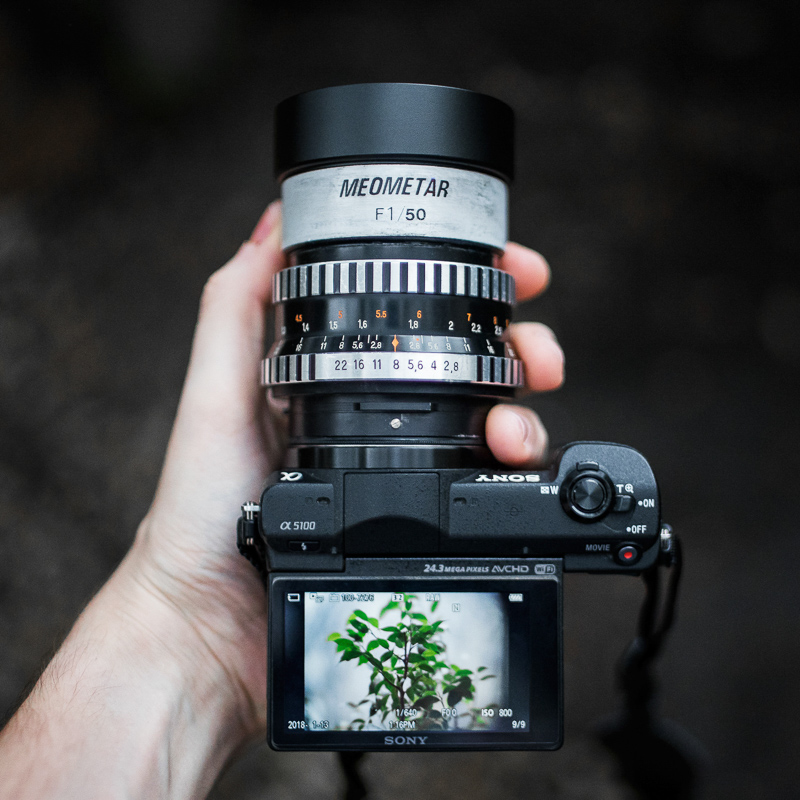
The other reason is the small f value in some of my lenses. The smaller the f value, the shallower the DOF, so modern AF lenses rarely go under f/1.4, because it’s very hard to find the perfect distance with f/1.2, which is obviously not a problem for the human eye. My bad focus image rate has been under 1% since I shoot only in MF mode, and I don’t have to shoot a complete series in hope of a single sharp image; 1/1 is perfectly sharp.
B: Final lens related question: do you have a favorite lens at the moment?
H: Yes, it is my Canon nFD 1.2/85L, the queen of the FD line. 60% of my portraits are made with this lens. I wrote a complete article about this lens as well: http://hispan.hu/canon-fd-85mm/
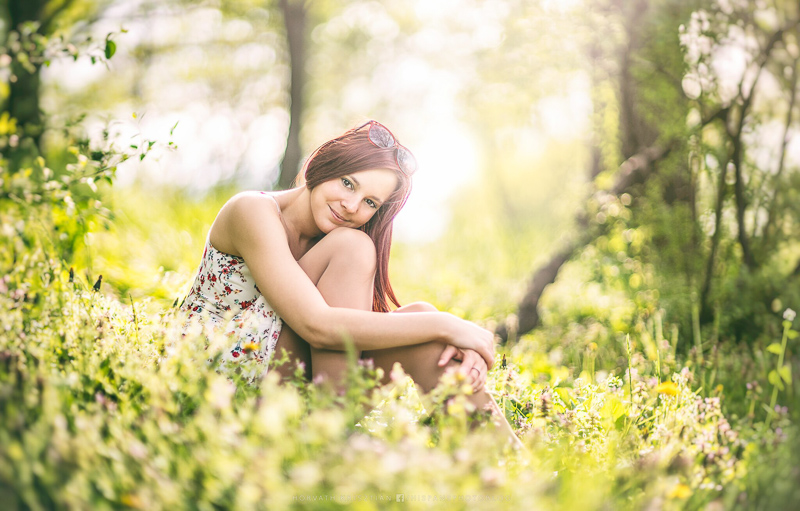
B: After we have been talking so much about lenses, what is your favorite subject matter?
H: Definitely the portraits. I love to chat with my models during outdoor photo trips, this way we are not only taking photos, but also exchanging ideas thus I get a huge amount of inspiration. Sometimes they say about me I’m a two-legged motivational speaker. But the point is: without my models and friends my blog couldn’t be as much fun as it is now.
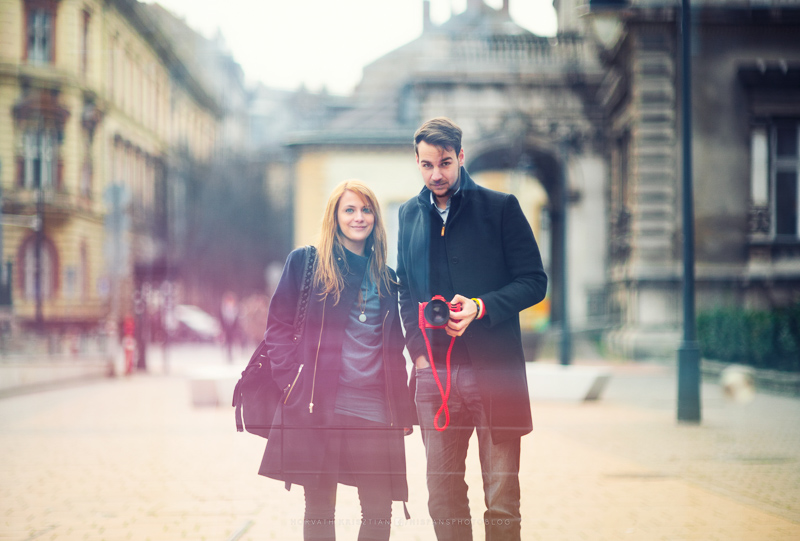
When I want to be alone I love to go and take long exposure photos. Showing the very slow and continuous changes/movements of the nature can create a “wow” effect and I love to see faces of people when they realize how our global environment really works. The air and the silence of summer nights above the city can completely recharge my batteries.
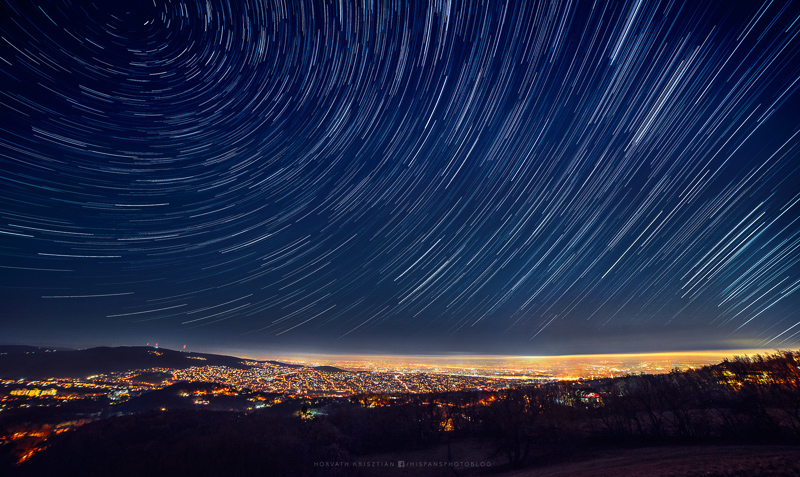
I almost forgot: my new favourite is the macro photography. “There’s plenty of room at the bottom” – as Richard Feynman said, and with some macro photography gear we can be AntMen and discover this extraordinary world. I can spend whole days inside my room trying to capture something that the human eye can’t see without the help of photography.
B: Is there a photographer which has inspired you?
H: I’m following many great photographers on Instagram. It is difficult to name one because I find something interesting in everyone’s work. For example, I love the color grading of @olgaboyko_photo and the natural portraits of @urbanphoto.hu, but I’m also impressed by @hegyijulialilyphotography’s concert photos with those special light effects.
B: As I have seen you also shoot film, what do you think it gives you compared to digital?
H: Shooting film is a completely different process when it comes to portrait photography. Usually when I use digital, I try to avoid showing the images while the shooting/during the trip, because I love to transform the images to a whole new level during the retouching process (my RAW images are really just the beginning of the process). When you shoot film, your model is unable to see the pictures immediately so she doesn’t have to worry about how she looks on the photo. It’s a freer and more creative way but also it requires strictness and planning from the photographer’s side.
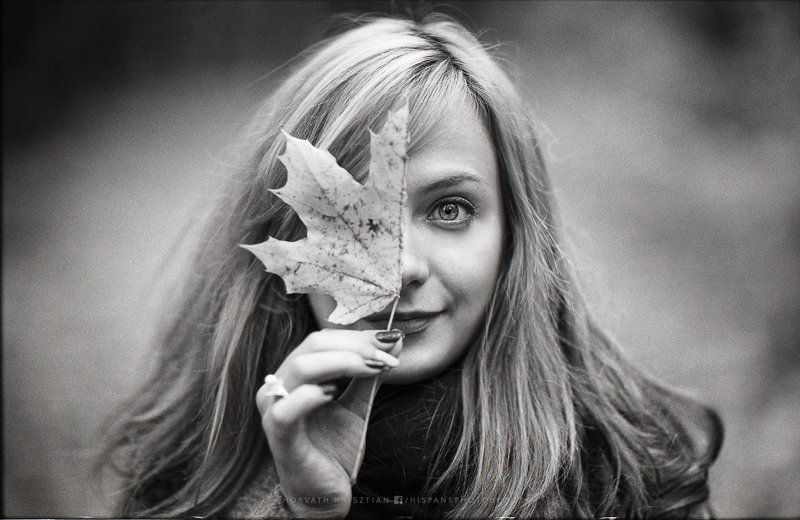
There is one more interesting aspect: when you load a black and white film, you can’t change your mind later, and you have to think in a different way: no colors, only lights and shadows. Because of this the original black and white images have a special feeling compared to the digital ones, which were turned to BW after they were born in a colorful way.
And the fact is that the film also has a much bigger dynamic range than my “DxO Mark winner” “best of the market” Sony sensor. It can reproduce the darker areas in a more detailed way.
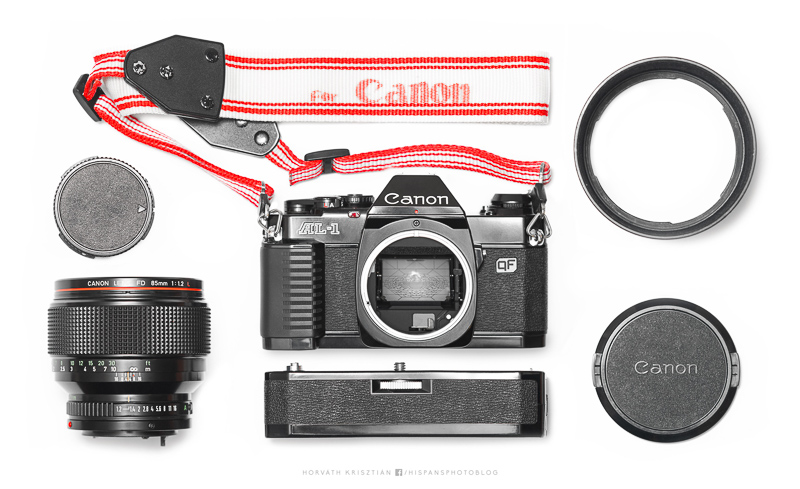
It’s also a great moment when somebody who has been using only digital cameras in his whole life, realizes that those images have been created with a nearly 40 years old (or older) gear and with a single 36 exposures film roll. They often can’t believe how those “historical machines” can create an image as accurate as the newest digital cameras.
B: What do you think is the best picture you have taken so far and why?
H: Hardest question ever. ? I have a favourite photo but it’s no longer public for personal reasons. So my actual public favourite portrait is a composite image with Lily and a white mask. It always reminds me that you just can’t know anybody 100% even if you’ve lived your life with them.
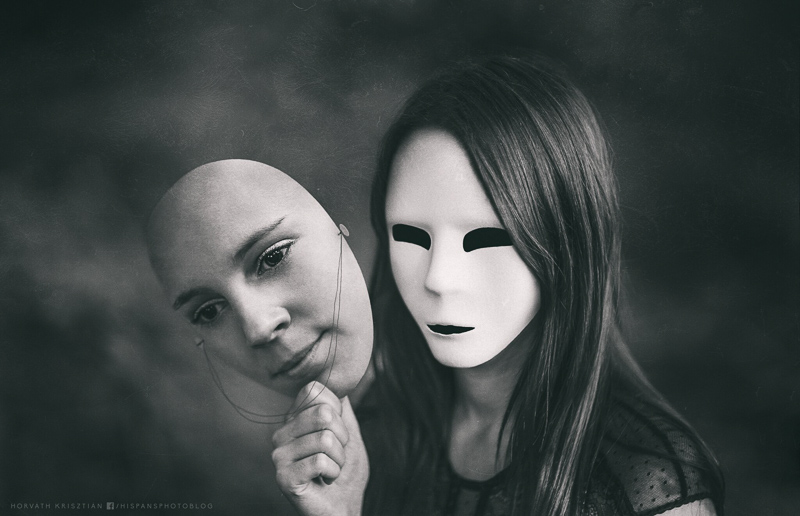
But if you’d ask me the same question a week later, I’d most probably have a completely different answer. ?
B: Can you suggest a lens we should review?
H: My ebay wishlist is a never ending story. 😀 But maybe you should try some other projection lenses, I’m very interested in a Meopta Stigmar XX 1.5/100. There is a very special portrait lens named Ennaston 1.5/85, it could also be an interesting one. LOMO has a 35KP 1.8/85 lens, that one could be a great portrait lens after adaptation.
B: Where can people see more of your images?
H: Directly on my website (http://hispan.hu), on my facebook-site (https://www.facebook.com/hispansphotoblog/) or on my instagram-profile (https://www.instagram.com/hispans_photoblog/).
Latest posts by BastianK (see all)
- Vivo X200 Ultra – The Death of the compact Camera - June 29, 2025
- Review: Laowa 12mm 2.8 AF - June 26, 2025
- Review: Nikon AF-S 35mm 1.8G - June 21, 2025
Thank you for this nice interview!
I follow Hispan for a while on instagram. His photography and lens repairing skills are really exceptional!
Thanks for such a nice interview. I always eager to see new lens at Hispan Facebook blog. And pics taken from it. And I love the madness for lenses and photography.
Thanks for the nice article. It is a pleasure to get surprised 🙂 !!!!!
Really fun stuff. Always refreshing to see a photographer whose look isn’t defined by sharpness evenness or modernness.
Very nice interview. Hispan’s character steams of honesty and self-awareness, and the reasons provided are simple and powerful. The favorite photo presented is extremely powerful It’s ahead of others still fighting for the cleanest optic just so they can’t have another photographer point out the horrible flaws. But the attachment to a lens for many of the portraits also shows it’s not just about “being different” . It really is finding your true “optical” loves and discovering the personality of the other “friendly” lenses. I also got the giveaway of noticing how at f1.2 the camera could auto focus, but mostly will never know what you want. It makes total sense, because I had noticed but was more in my mental background. And also, about the realization of the race towards the perfect AF, which is definitely the most important factor jointly with composition – and while nobody would ever thing of a camera that composes for you, with AF, we seem to be happy with letting some software decide. Of course, this applies as noted around probably 2.8 and below and especially at or below 1.4. Thanks!
I’m very interested in Hispan’s postprocessing workflow. His results are always so smooth..